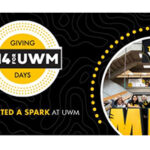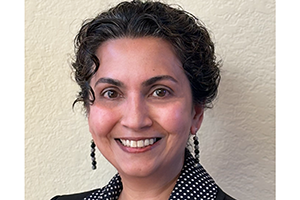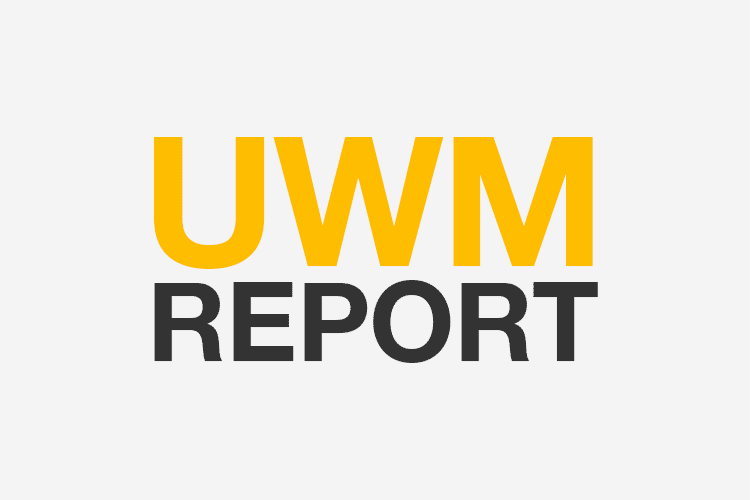The UWM Research Foundation has awarded five new Catalyst Grants totaling $200,000 for projects focused on 3D concrete printing, removal of PFAS contamination from the environment, better aquaculture filtration, a novel biological pesticide for crops and a smartphone app for wound healing.
The funding is provided by the Lynde and Harry Bradley Foundation and the Richard and Ethel Herzfeld Foundation to support promising research in areas where UWM has the greatest potential to impact the regional economy through commercializing technologies.
Now in its 13th year, the Catalyst Grant Program has awarded more than $5 million in seed funding for 96 UWM research projects has been awarded collectively. These projects have led to 42 issued patents, 31 license/option agreements, and more than $22.2 million in follow-on investments in UWM technologies.
The funded projects include:
- Konstantin Sobolev (engineering) plans to show that landfilled fly ash, a group of waste products from power plants, has physical characteristics that can be used to effectively replace Portland cement. Sobolev’s lab will further develop separation processes of the waste products to produce a novel material for 3D printing uses in the construction sector. This new “ink” material has the potential of near-instant setting and improved concrete strength.
- Jhonatan Sepulveda Villet and Marcia Silva (freshwater sciences) will investigate a novel system for treating waste in recirculating aquaculture systems by combining their novel biological filter material with a commercially available pulsing-light disinfection system, in order to support larger numbers of fish in commercial aquaculture and improvement of water recycling in such systems.
- Ching-Hong Yang (biological sciences) is finding new ways to keep crops from becoming infected without the use of antibiotics, which have made human infections more difficult to treat. In this project, he is conducting formulation testing of a biopesticide that has potential to protect crops from a large number of pathogens. The formulation must enter the flower blossom for effectiveness, while also being easy to spray and environmentally stable.
- Yin Wang and Xiaoli Ma (engineering) are developing efficient, tunable and cost-effective adsorbent powders to remove a range of Per- and polyfluoroalkyl substances (PFAS) from water. PFAS chemicals are used in a wide range of consumer products and have been ubiquitously detected in water, including drinking water. PFAS chemicals accumulate in our bodies and never break down in the environment.
- Zeyun Yu (engineering) and Sandeep Gopalakrishnan (nursing) are working on a smartphone system for intelligent diagnosis of wound healing that includes an app that will capture wound images and provide AI-enabled data analytics to precisely monitor the wound healing progress. The app will be clinically tested and compared with other commercially available devices used in the wound clinics. As part of the project, the researchers will create an online database of information to help clinicians in chronic wound management.






